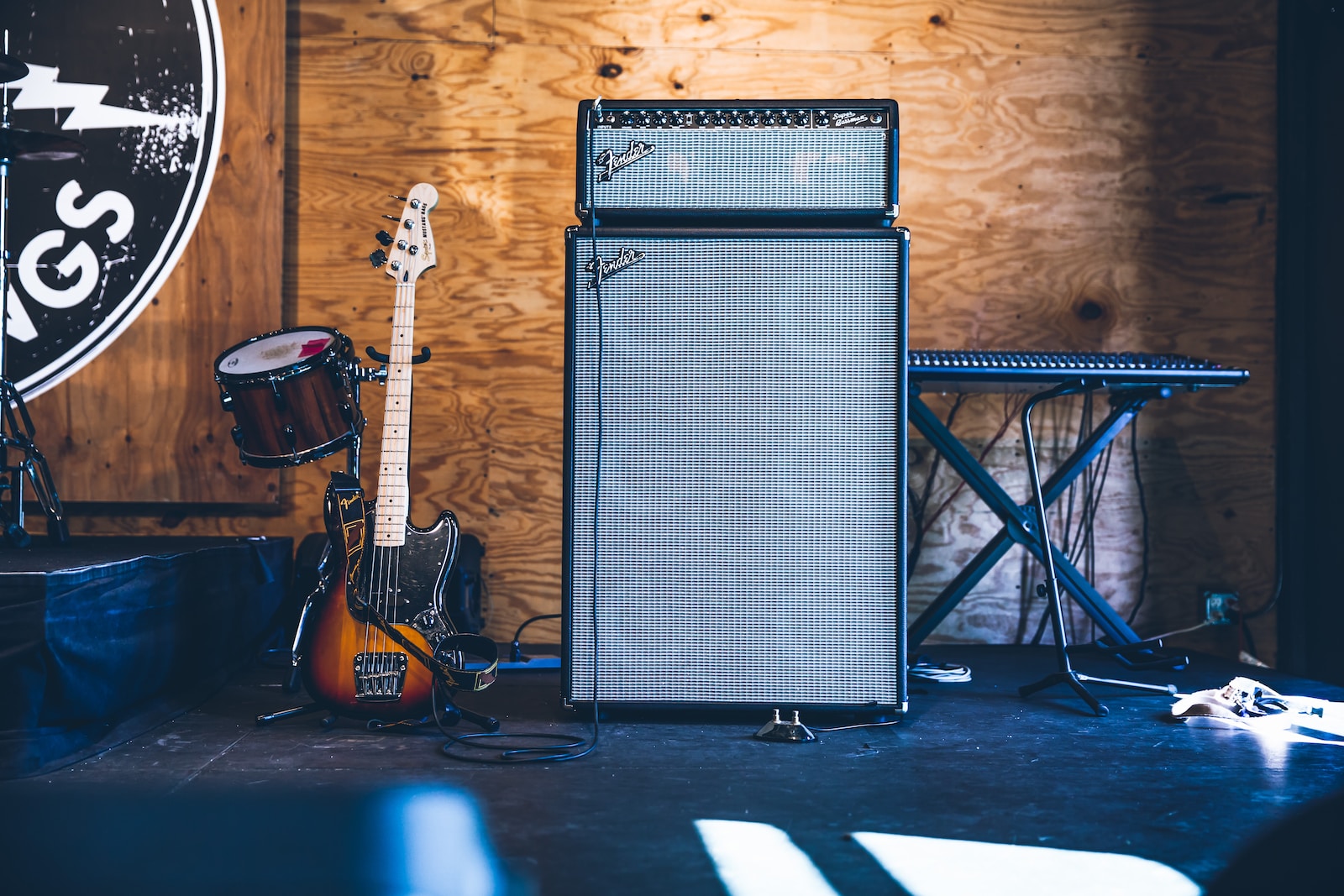
Acoustic vs electric guitar amps differ significantly in their inner workings and tonal characteristics. While both types of amps are designed to amplify the sound of a guitar, they are built to cater to different needs and preferences.
 Acoustic amps
Acoustic amps
Acoustic guitar amps are designed to enhance the natural sound of an acoustic guitar, which is produced by the vibration of the strings and the resonance of the guitar’s body. These amps typically have a high-fidelity design that aims to accurately reproduce the guitar’s tone, dynamics, and nuances. They also have a relatively flat EQ response, which means they do not add much coloration or distortion to the sound.The most common effects found on acoustic amps are Reverb and Delay.
Reverb simulates the natural ambience of different spaces, such as a concert hall, a small room, or a plate reverb. It adds depth and space to the guitar’s sound, making it sound fuller and more resonant.
Delay on the other hand, creates echoes of the guitar’s sound, with varying amounts of delay time and feedback. It can be used to create rhythmic patterns, add depth to solos, or simulate a slap-back effect.
 Electric amps
Electric amps
In contrast, electric guitar amps are designed to add tonal character and distortion to the guitar’s sound. These amps use preamp tubes or solid-state circuitry to shape the guitar’s tone and create various effects such as distortion, overdrive, and reverb. They also typically have an EQ section that allows the user to adjust the bass, mid, and treble frequencies.
Regarding the difference between tube amps and solid-state amps themselves, they are two different types of guitar amplifiers that use different technologies to amplify and shape the sound of an electric guitar.
Tube amps, also known as valve amps, use vacuum tubes to amplify the guitar’s signal. They have been around since the early days of electric guitar and have a warm, natural sound that is highly valued by many guitarists. Tube amps are also known for their dynamic response and ability to produce natural-sounding distortion when pushed to their limits. However, they are typically more expensive and require more maintenance than solid-state amps.
Solid-state amps, on the other hand, use transistor-based circuitry to amplify the guitar’s signal. They are generally more affordable and reliable than tube amps and are capable of producing a wide range of sounds and effects. They also have a consistent tone and require less maintenance than tube amps. However, they are often criticized for having a sterile, cold sound that lacks the warmth and natural compression of tube amps. In terms of tonal characteristics, tube amps are known for their warm, rich, and organic sound, with a smooth and dynamic response that reacts to the player’s touch and technique. They also tend to produce more natural-sounding distortion when driven hard, making them ideal for genres such as blues, rock, and metal. Solid-state amps, on the other hand, have a cleaner and more transparent sound, with a precise and controlled response that is ideal for genres such as jazz, funk, and pop.
In conclusion, acoustic guitar amps are ideal for acoustic guitarists who want to amplify their instrument’s natural sound for small gigs, rehearsals, or recording sessions. They are also suitable for singer-songwriters who play and sing at the same time, as they can provide a clear and balanced sound that complements the vocals. Electric guitar amps, on the other hand, are ideal for guitarists who want to experiment with various tones and effects and play genres such as rock, metal, or blues.

